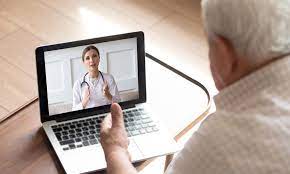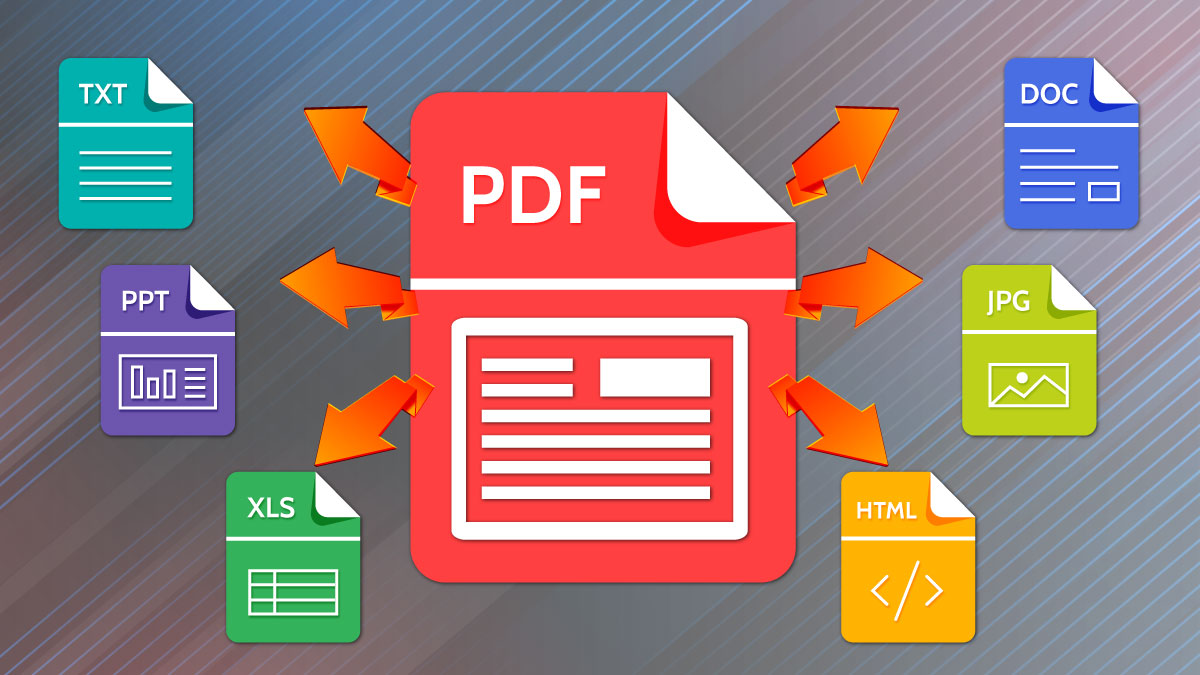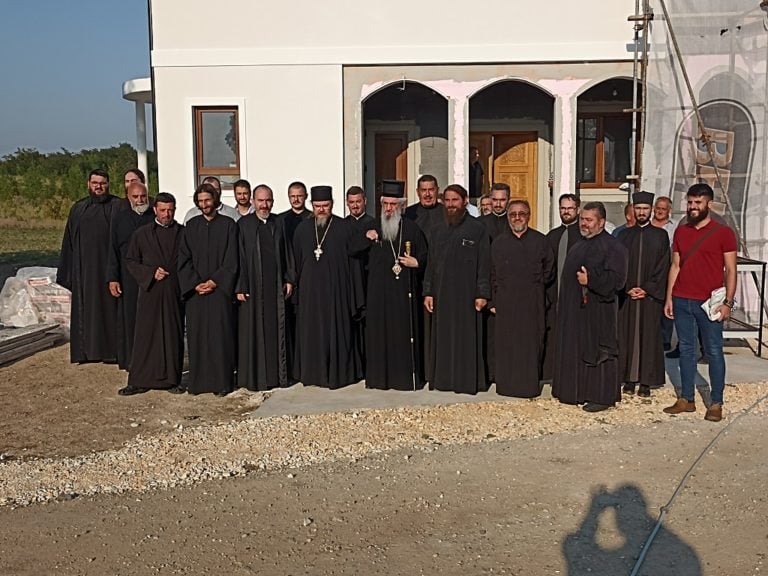Healthcare systems worldwide are facing immense pressure due to aging populations, rising chronic conditions, and growing demand for quality medical care. This has spurred a massive shift toward innovative solutions, with CoachCare remote patient monitoring emerging as a game-changer. By leveraging technology to track patient health outside traditional care settings, RPM has established itself as a cost-effective solution to meet modern healthcare needs.
What Is Remote Patient Monitoring?
Remote patient monitoring is the use of digital tools like wearable devices, mobile apps, and connected health platforms to monitor and collect medical data in real time. This data, which can include metrics such as heart rate, glucose levels, and blood pressure, is shared with healthcare providers, enabling timely intervention and improved management of chronic diseases.
Why Is RPM the Future of Cost-Effective Healthcare?
The cost savings and efficiency offered by RPM are difficult to ignore. Here’s why:
1. Reduced Hospitalization Costs
Studies show that effective remote patient monitoring can reduce hospital admissions by up to 25%. Regular monitoring enables early detection of complications, allowing healthcare providers to treat issues before they escalate into costly hospital stays.
2. Improved Chronic Disease Management
Chronic diseases account for around 75% of total healthcare spending. RPM ensures consistent tracking of patients with conditions such as diabetes, hypertension, and COPD. This leads to better outcomes and fewer clinical visits, delivering long-term cost savings.
3. Expanded Access for Rural Communities
For patients in rural or underserved areas, RPM eliminates the need for frequent travel to medical facilities. This convenience not only cuts transportation costs but also enhances healthcare access.
4. Optimized Use of Medical Resources
With RPM, healthcare professionals can manage larger patient loads without compromising care quality. This translates to lower operational costs and less strain on medical staff.
The Impact of RPM on Healthcare Trends
Recent statistics validate the growing importance of RPM. The global RPM market is projected to reach $175 billion by 2027, growing at a compound annual growth rate (CAGR) of over 30%. These numbers highlight the demand for proactive, tech-enabled care solutions that are reshaping the healthcare landscape.
Advancements in artificial intelligence and data analytics are further boosting RPM’s capabilities, offering predictive insights that improve patient outcomes and optimize healthcare delivery.
Final Thoughts
Remote patient monitoring isn’t just a trend; it’s a necessity for modern healthcare. By reducing unnecessary costs, improving health outcomes, and bridging gaps in access, RPM presents a sustainable way to tackle the challenges of overburdened medical systems. Investments in this technology today could redefine the future of healthcare for millions worldwide.


